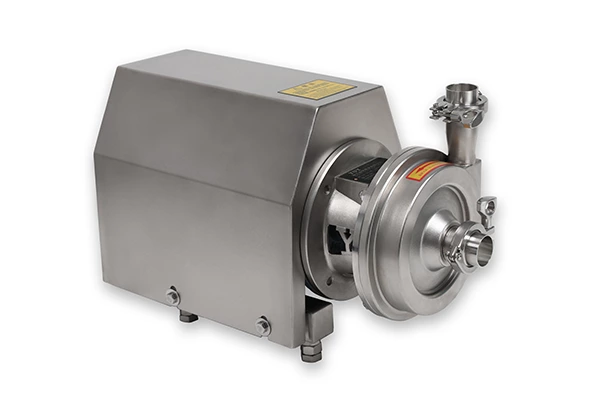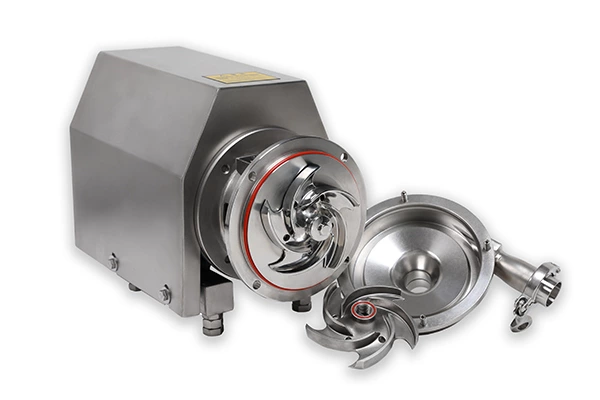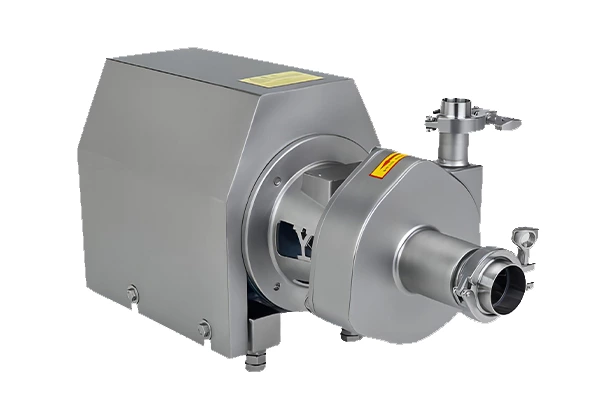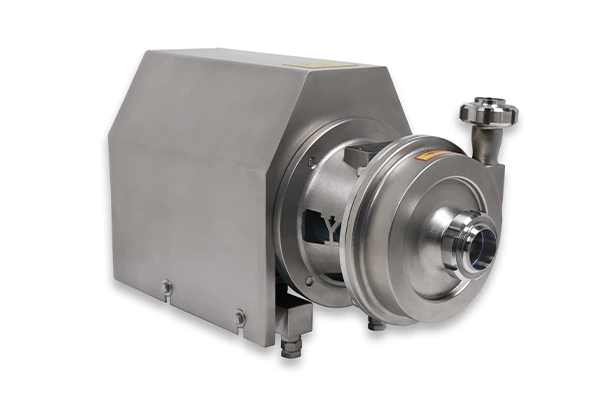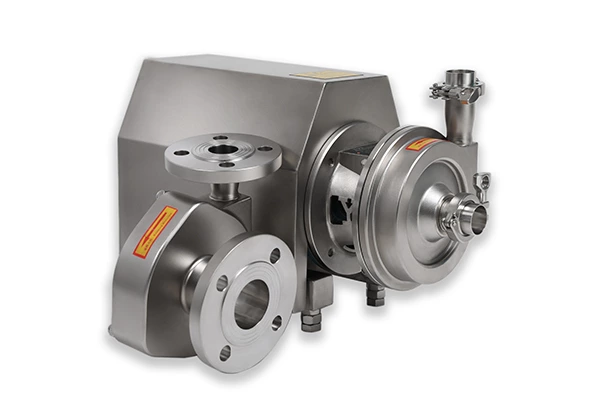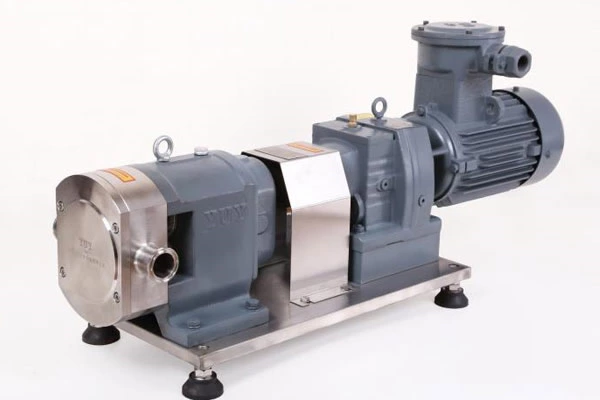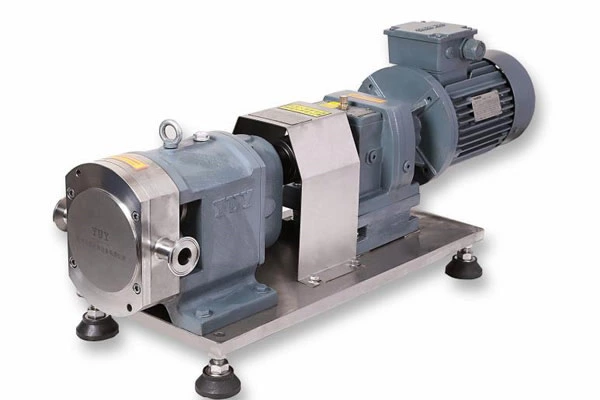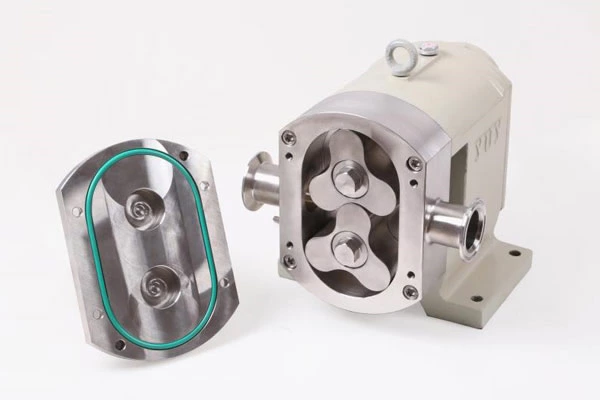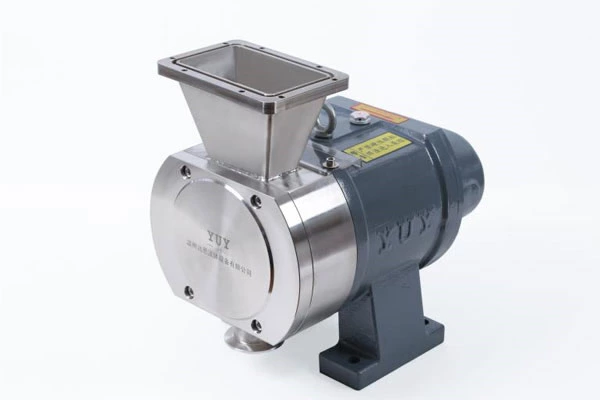Characteristics And Classification Of Sanitary Centrifugal Pumps
The biggest feature of Sanitary Centrifugal Pump is that the motor and pump are made into one. It is a kind of pump that is immersed in water to suck and transport water. It is widely used in farmland irrigation and drainage, industrial and mining enterprises, urban water supply and drainage, and sewage treatment. Because the motor is submerged in water at the same time, the structural requirements for the motor are more special than those for general motors. The structural forms of its motor are divided into four types: dry, semi-dry, oil-filled (QY type), and wet (QS type).
1) Sanitary centrifugal pump. It is mainly used to pump and transport groundwater from deep wells for water supply to towns, industrial and mining enterprises and farmland irrigation. The well diameter is generally 100~500 mm, the flow rate is 5~1200m3/h, and the head is 10~180mh2o. The working part of the pump is a vertical single-suction multi-stage diversion centrifugal pump, which is directly connected to the motor. Pumps of different grades can be selected according to the head requirements. Compared with general deep well pumps, submersible pumps work in underground water and do not require a very long transmission shaft.
2) Submersible pump for working surface. It is mainly used for agricultural irrigation and drainage, shallow well water supply and drainage and sewage treatment in industrial and mining enterprises and construction sites. The submersible pump for working surface is usually mobile, and its structure is mostly vertical single-stage submersible pump, and the impeller is centrifugal, axial flow or mixed flow.
